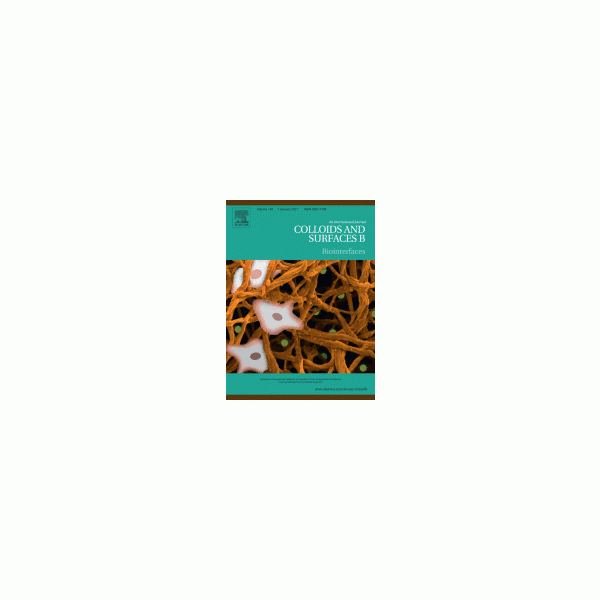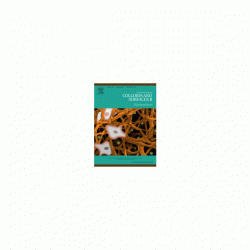Abstract
Multifunctional biomaterial surfaces can be created by controlling the competing adsorption of multiple proteins. To demonstrate this concept, bone morphogenetic protein 2 (BMP-2) and fibronectin were adsorbed to the hydrophobic surface of polychloro-para-xylylene. The resulting adsorption properties on the surface depended on the dimensional and steric characteristics of the selected protein molecule, the degree of denaturation of the adsorbed proteins, the associated adsorption of interphase water molecules within the protein layers, and the aggregation of proteins in a planar direction with respect to the adsorbent surface. Additionally, a defined surface composition was formed by the competing adsorption of multiple proteins, and this surface composition was directly linked to the composition of the protein mixture in the solution phase. Although the mechanism of this complex competing adsorption process is not fully understood, the adsorbed proteins were irreversibly adsorbed and were unaffected by the further adsorption of homologous or heterologous proteins. Moreover, synergistic biological activities, including cell osteogenesis and proliferation independently and specifically induced by BMP-2 or fibronectin, were observed on the modified surface, and these biological activities were positively correlated with the surface composition of the multiple adsorbed proteins. These results provide insights and important design parameters for prospective biomaterials and biointerfaces for (multi)functional modifications. The ability to control protein/interface properties will be beneficial for the processing of biomaterials for clinical applications and industrial products.
Graphical abstract
A multifunctional biomaterial interface is created based on competing adsorption of BMP-2 and fibronectin on a polychloro-para-xylylene (PPX-C) surface and is able to induce synergistic biological activities including cell osteogenesis and proliferation.

.png)

